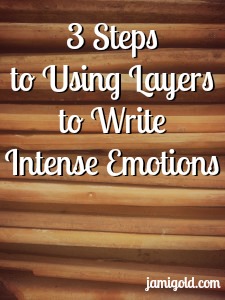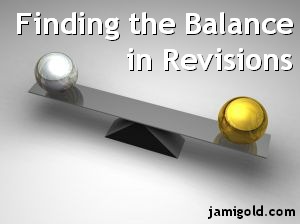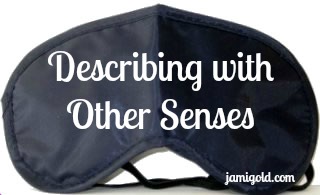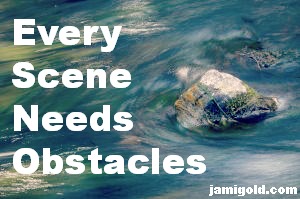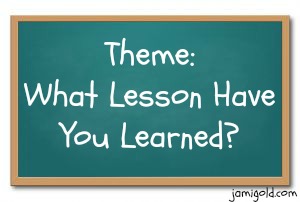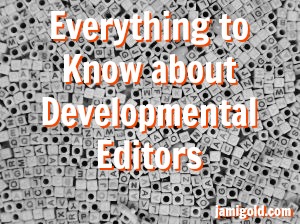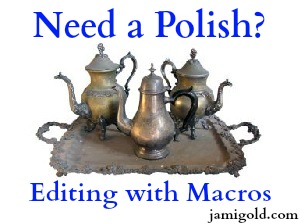I can’t make everyone a winner in my Blogiversary contest, but I can give everyone a gift by releasing a new worksheet. Yay! A couple of my readers asked me to take a look a John Truby’s work and see if I could come up with a worksheet based on his teachings.
Pin It
Read More
A “numb” reaction isn’t unusual for dark or deep emotions. In fact, it’s probably fairly normal. But it makes writing the scene more difficult. How do we show numb and deep emotions at the same time? How can readers connect to an emotionless character?
Pin It
Read More
At their essence, most sports have a lot in common with storytelling. There are “good guys” (the home team) and “bad guys” (the visiting team), and they battle for who comes out on top. The audience becomes emotionally involved and roots for those they identify with to succeed, and we […]
Pin It
Read More
When starting a revision, we often struggle to see the underlying issue to know how to fix it. Do we need to change the plot? The characters? Both?
Pin It
Read More
How many hundreds of times have we all heard the advice to “show not tell”? That’s often good advice (except for the times when it’s not *smile*). Other than the exceptions, “showing” usually is better than telling because it pulls the reader deeper into the story. But that means we […]
Pin It
Read More
Every story beat or turning point scene—when events affect the main story question, conflict, or goal—needs to be included in a story. But what about non-turning-point scenes? How can we tell when to include them and when we can skip ahead?
Pin It
Read More
We normally create stories where the point—the theme—is in line with our worldview. But it’s not unusual for our characters to hold opposite beliefs, even our protagonists. At least to start. And their story journey is often where our theme lies.
Pin It
Read More
Many writers will search in MS Word for red flag words that indicate telling. But there are a lot of those words, and that would be a lot of searches. That’s where macros can help, and today we’ll learn how to build our own trouble-searching macros with a few secret weapons.
Pin It
Read More
Those of us who haven’t been through the editing process with professionals don’t know what to expect. In the case of developmental editing, we might not even know what editors do. That’s not good. We need to understand what’s involved with the different stages of editing to judge whether an editor is right for us and will meet our needs.
Pin It
Read More
We want to clean up our story the best we can because copy editors often charge a “messy manuscript” premium. Yet it can be difficult to self-edit at this “polish” stage. For one thing, this step can be tedious to the extreme. Even with MS Word’s “find and replace” functionality, there are many words to check, and it’s hard to remember them all.
Pin It
Read More


